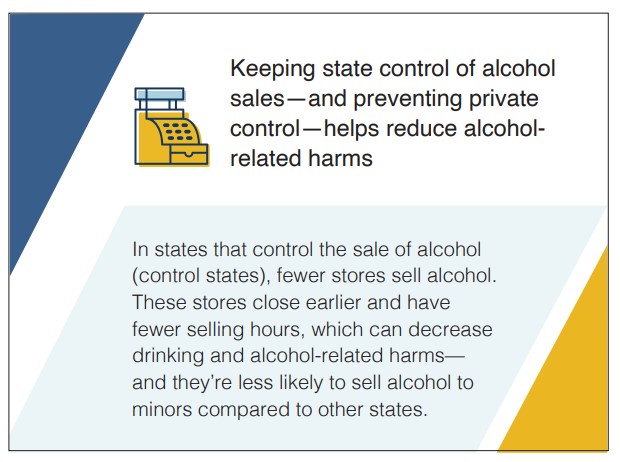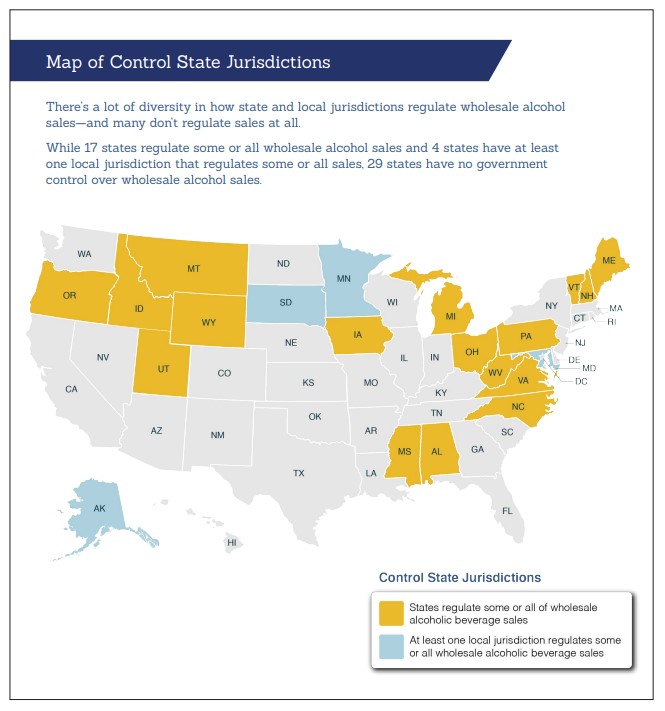
Using Law and Policy to Reduce Alcohol-Related Deaths in the United States
- William Kerr, PhD
- Elyse R. Grossman, JD, PhD; Traci L. Toomey, PhD, MPH
-
Focus Areas
Alcohol, Tobacco, Drugs & Mental Health -
Issues
Alcohol -
Expertise
Research – Surveillance -
Programs
Alcohol Research Group

In the United States, excessive alcohol use cost an estimated $249 billion in 2010, and nearly 90,000 people in this country die each year from alcohol-related causes, making it one of the leading causes of death and injury.
Laws and policies can help support healthier, safer, and more livable communities and reduce the negative effects of alcohol use—including many state-level policy solutions. Part of the Healthy People 2020 Law and Health Policy Project, The Role of Law and Policy in Reducing Deaths Attributable to Alcohol to Reach Healthy People’s Substance Abuse Goals in the United States explores the roles that law and policy play in improving health. The report is co-authored by William Kerr, PhD, senior scientist at PHI’s Alcohol Research Group (ARG), and director of ARG’s National Alcohol Research Center.
Visit HealthyPeople.gov to download the fact sheet: “Using Law and Policy to Reduce Alcohol-Related Deaths in the United States” and access the full report: The Role of Law and Policy in Reducing Deaths Attributable to Alcohol to Reach Healthy People’s Substance Abuse Goals in the United States.

This report presents evidence-based policy solutions that community and tribal leaders, government officials, public health professionals, health care providers, lawyers, and social service providers can use in their own communities to meet Healthy People 2020 Substance Abuse objectives—including the objective focused on reducing alcohol-related deaths.
Key Findings:
- Policy interventions can affect alcohol consumption patterns by limiting alcohol availability
- Policy interventions, such as blood alcohol content (BAC) restrictions and ignition interlock laws, can reduce rates of alcohol-impaired driving fatalities
- Policy interventions at all levels can help counteract emerging issues that affect excessive alcohol consumption in the United States
- Additional research is critical to the implementation and enforcement of alcohol policy interventions

Visit HealthyPeople.gov to download the summarized fact sheet: “Using Law and Policy to Reduce Alcohol-Related Deaths in the United States” and access the full report: The Role of Law and Policy in Reducing Deaths Attributable to Alcohol to Reach Healthy People’s Substance Abuse Goals in the United States.
Originally published by HealthyPeople.gov
Work With Us
You change the world. We do the rest. Explore fiscal sponsorship at PHI.
Support Us
Together, we can accelerate our response to public health’s most critical issues.
Find Employment
Begin your career at the Public Health Institute.


